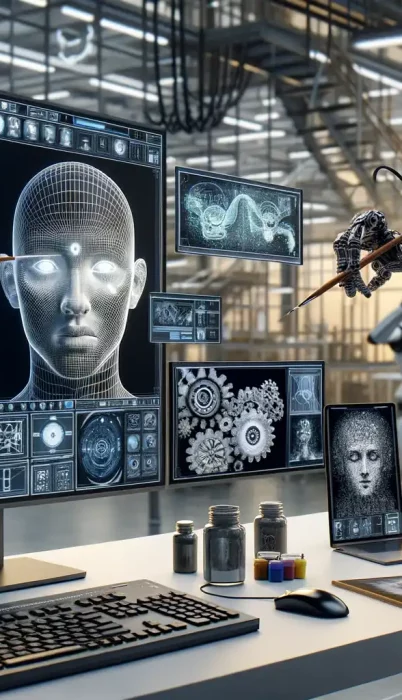Introduction to Machine Vision in Art Collections
Imagine stepping into an art collection spanning centuries—a labyrinth of masterpieces that whisper tales of human history, creativity, and emotion. Now imagine trying to sort and identify tens of thousands of these treasures by hand. Daunting, right? Enter machine vision, the modern-day superhero reshaping how we explore and organize these vast cultural troves.
Seeing Art Through the Eyes of Machines
At its core, machine vision allows computers to “see” and interpret images, just as we do with our eyes—but much faster, and dare I say, sometimes even smarter. With algorithms trained on thousands—sometimes millions—of images, these systems can recognize artists’ brushstrokes, pinpoint stylistic elements, and even detect patterns invisible to the human eye. For example, machine vision can distinguish a genuine van Gogh from a forgery by analyzing paint texture or missing microscopic clues.
A Symphony of Efficiency and Beauty
- Automatic categorization: Imagine sorting 50,000 paintings in minutes rather than decades.
- Hidden gem discovery: Unearth forgotten pieces buried deep in archives.
- Preservation insights: Spot early signs of damage before they become catastrophic.
This pairing of art and tech feels like science fiction brought to life. It’s not about replacing curators but empowering them to focus on what they do best—telling the stories behind these timeless treasures.
Technological Advancements in Machine Vision for Art
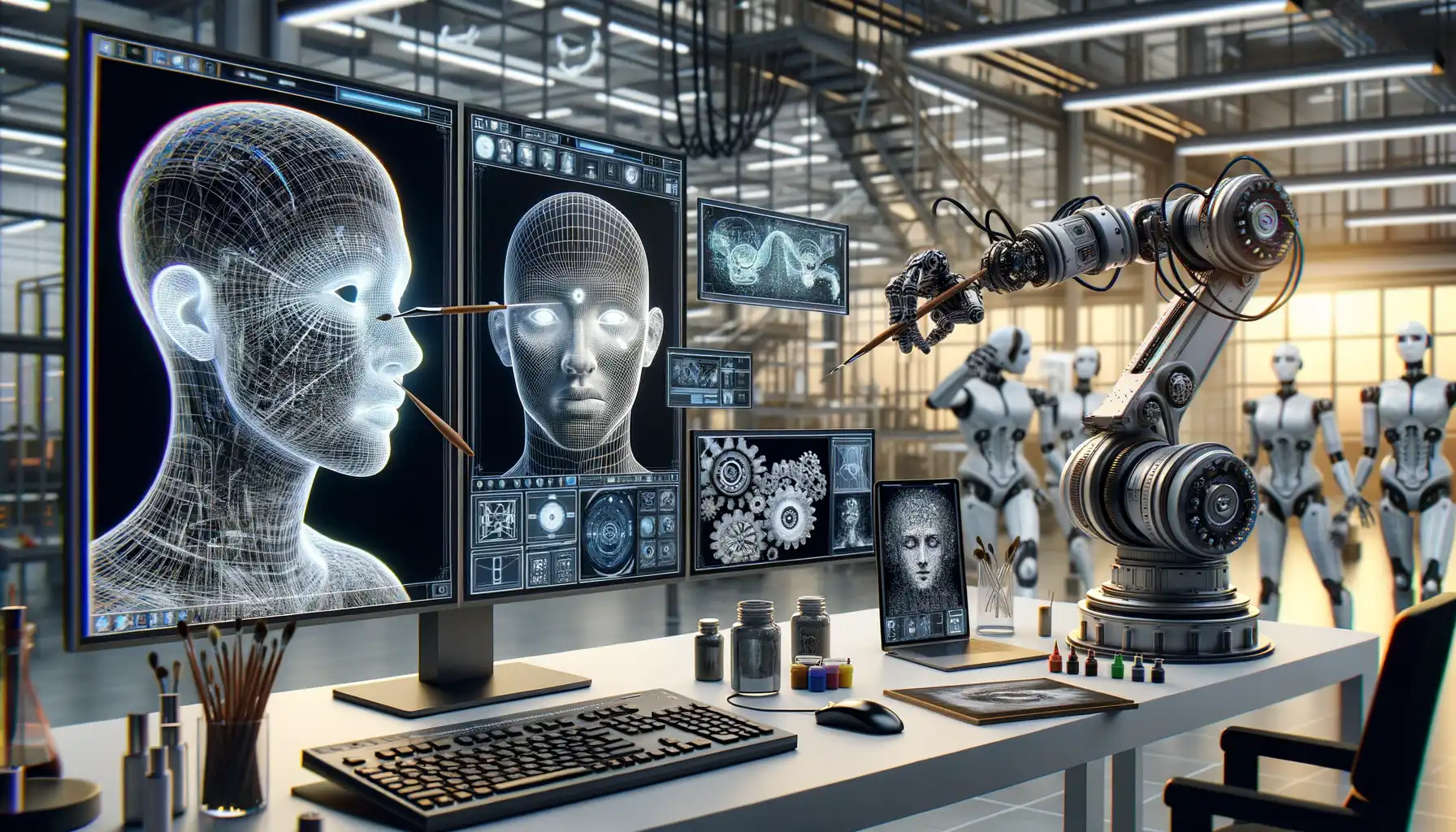
Pushing Boundaries: How Machine Vision Transforms Art
Imagine walking into a gallery where thousands of artworks whisper their secrets, instantly revealing their origins, styles, and hidden connections. This magic isn’t the work of curators burning the midnight oil—it’s the result of astonishing advancements in machine vision technology. Once limited to sorting widgets in factories, this tech is now wielding its power to decipher centuries of human creativity.
What’s driving this revolution? The ever-growing strength of AI models, fueled by faster processing chips and exponential increases in data storage. Tools like convolutional neural networks (CNNs) are becoming art detectives, dissecting brushstrokes and color palettes with the precision of an expert restorer—but at lightning speed. And let’s not forget multi-modal analysis, combining text, visuals, and metadata to uncover patterns even seasoned scholars miss.
The Genius Behind the Digital Canvas
- High-res imaging: Unlocks micro-details in paintings, from faded signatures to underlayers invisible to the naked eye.
- Augmented datasets: AI is now trained on everything from classical sculptures to street murals, creating diversity in recognition capabilities.
Perhaps the most jaw-dropping aspect? These tools don’t just classify; they spark discovery. A single scan with today’s machine vision could unearth a lost masterpiece or revolutionize our understanding of a movement. At last, we are living in an age where machines don’t just see art—they almost feel it.
Key Applications of Machine Vision in Art Organization
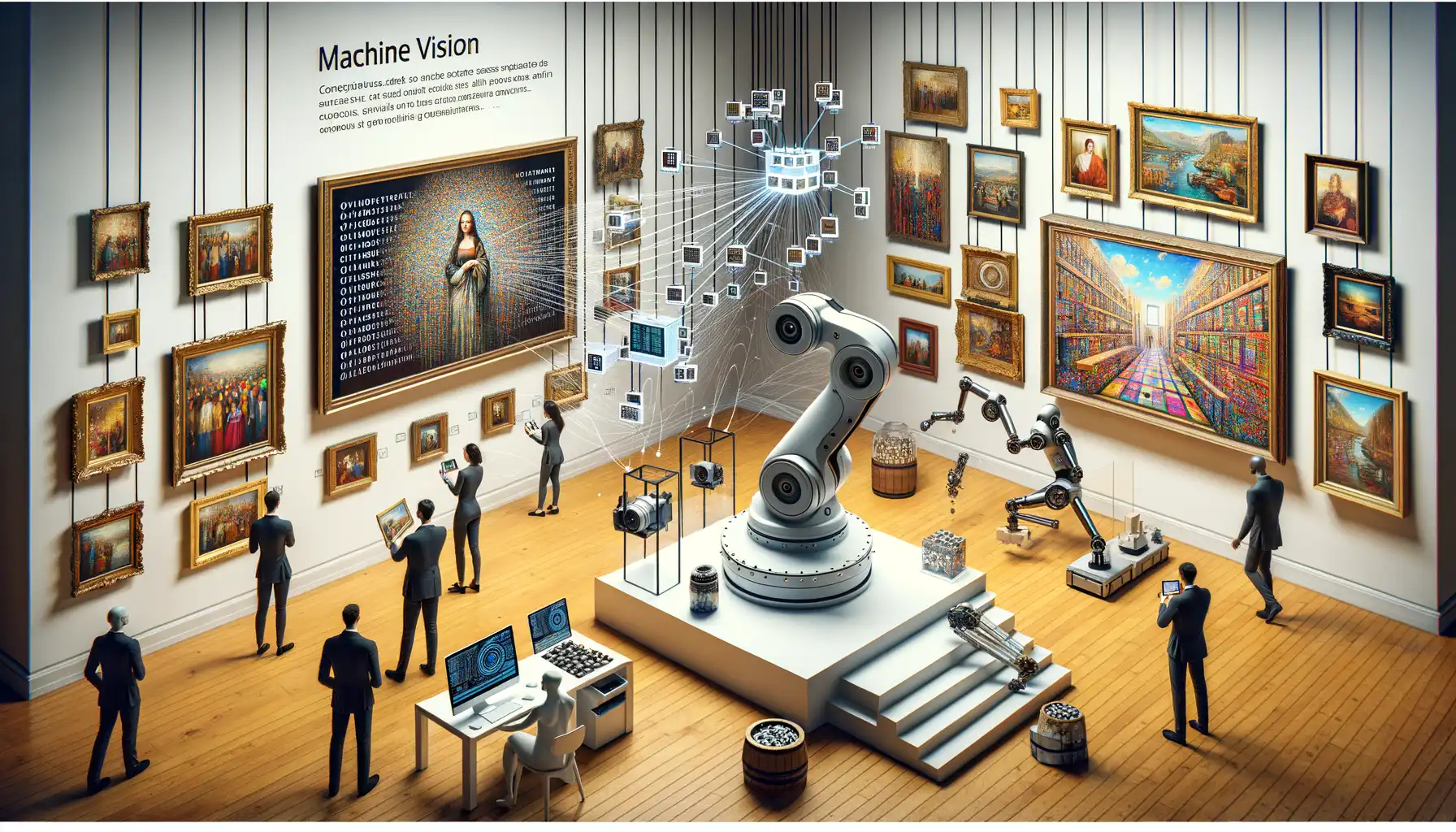
Revolutionizing Art Curation with Machine Vision
Imagine walking into a gallery that houses thousands—no, millions—of artworks, each piece whispering a unique story. Now imagine the Herculean task of cataloging, understanding, and organizing this sea of creativity. Enter machine vision, your modern-day curator with unblinking eyes and tireless dedication. This technology breathes life into art organization by recognizing elements like color palettes, brushstroke styles, and even hidden motifs once lost to time.
With its ability to swiftly analyze details invisible to the human eye, machine vision becomes the torchbearer of efficiency. Take, for instance, its role in identifying forgotten masterpieces or categorizing works based on themes like Romanticism vs. Abstract Expressionism. It’s art curation—but faster, smarter, and limitless.
- Image Tagging: Generate accurate metadata so sculptures, paintings, or sketches never disappear into obscurity.
- Authenticity Checks: Uncover forgeries by analyzing minute details like pigment age or brushstroke precision.
Seamless Integration into Museum Systems
Machine vision also brings order to chaos behind the scenes. Museums juggling massive inventories can use it to precisely map storage locations or retrieve digital copies in seconds. Imagine a curator searching for “moonlit landscapes” and getting instant results—a dream turned reality!
Perhaps most exciting? Machine vision isn’t just a tool; it’s becoming the ultimate collaborator in crafting tomorrow’s curated experiences.
Challenges and Ethical Considerations
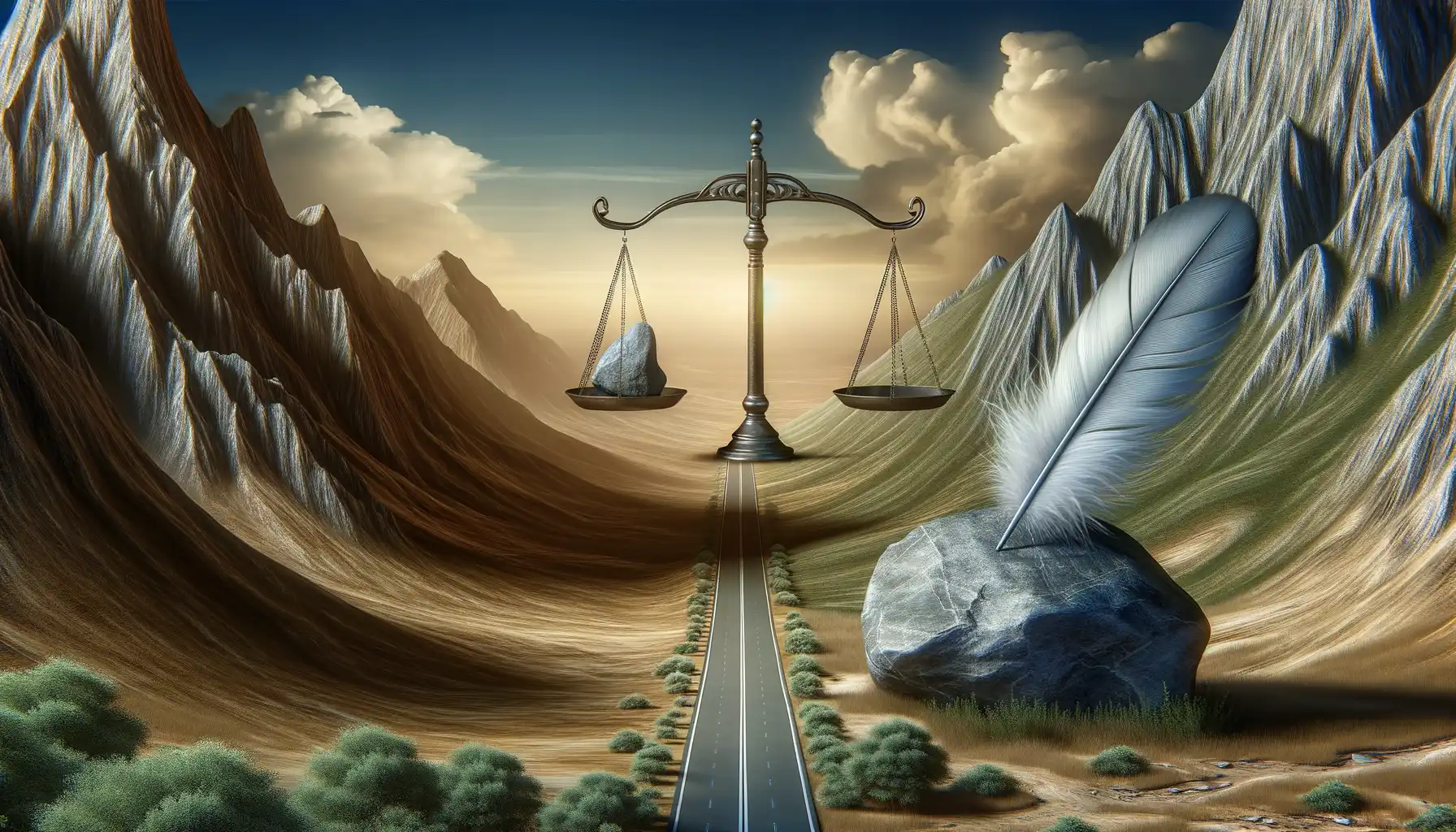
The Balancing Act of Accuracy and Authenticity
Applying machine vision to art collections sounds like a dream, doesn’t it? But with great power comes… well, a mountain of dilemmas. Picture this: a centuries-old painting is misclassified because the algorithm wasn’t trained on enough diverse data. Suddenly, that masterpiece is banished to digital obscurity. The stakes are high, and errors aren’t just technical—they’re cultural.
One huge challenge lies in training these systems. Algorithms lean heavily on their inputs, meaning they can inherit human biases. What if a system undervalues works from underrepresented cultures simply because its dataset is skewed toward European classics? That’s not just a technical glitch—that’s erasure.
Let’s talk ethics:
- Ownership of digital reproductions: Who owns the rights when AI scans a piece? And how do cultural institutions share those rights fairly?
- Privacy concerns: For living artists, how comfortable would you feel knowing a machine is “studying” your work down to the last brushstroke?
Collecting and organizing art with machines feels revolutionary, but tread carefully. These challenges are whispers from the past, cautioning us to honor the very humanity that created art in the first place.
Future Trends and Innovations in Art Collection Management
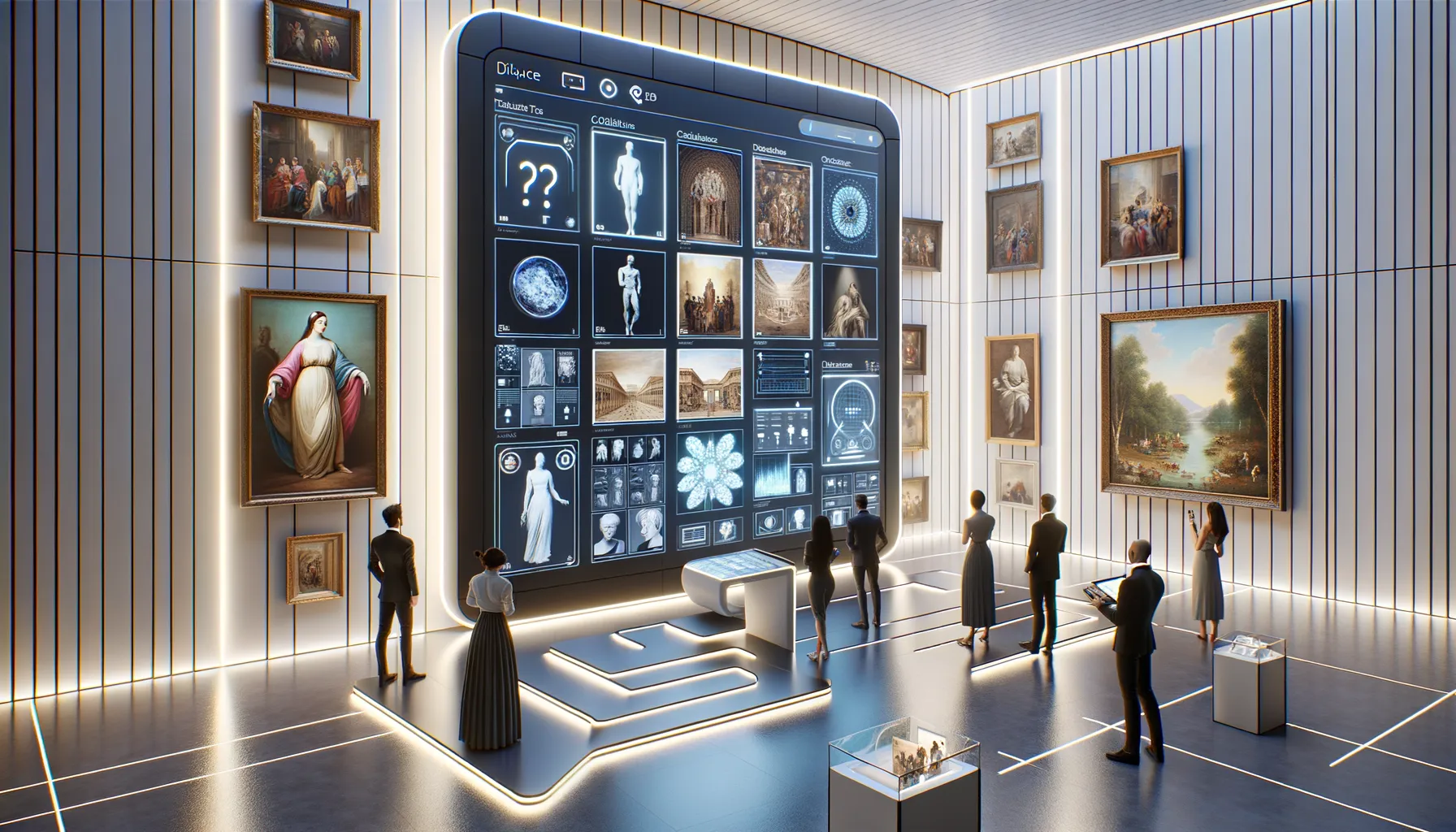
Revolutionizing Curation with Cutting-Edge Tech
Imagine walking into a vast digital museum where every artwork is perfectly cataloged, cross-referenced, and searchable—no frantic scrolling, no endless “where did I see that painting again?” This isn’t just futuristic sci-fi anymore. Thanks to advances in AI-powered machine vision, art collection management is heading into an exciting new era.
In the not-so-distant future, we’re looking at algorithms that don’t stop at identifying whether it’s Van Gogh or Vermeer but dive deeper: analyzing brushstroke patterns, detecting subtle aging changes, and even predicting authenticity with eerie precision. Layer on top AI-driven suggestions for conservation measures, tailored to the individual needs of each piece. It’s like giving every painting its personal physician.
But that’s not all—imagine AI seamlessly connecting collections across galleries worldwide. Artworks will “talk” to one another, finding historical cousins or thematic siblings from databases around the globe. Imagine the thrill of discovering an obscure Renaissance sketch hiding in your archive that happens to be linked to Michelangelo’s known works!
- Blockchain-backed provenance tracking to eliminate fakes forever.
- Digital twins of artworks for disaster recovery planning.
- Immersive VR organizing tools for curators to visualize entire collections.
This is where technology meets artistry—and the results are pure magic.
